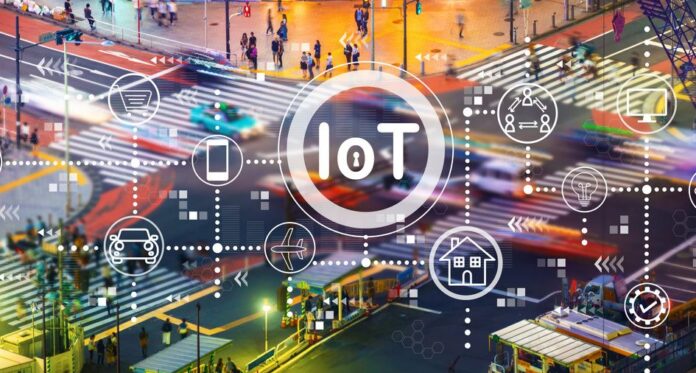The number of 5G-based IoT connections, deployed for higher-performance machines, will reach 116 million globally by 2026, reckons market research firm Juniper Research. The forecast represents a big jump on current numbers, with just 17 million IoT sensors so far (early 2023) running on 5G networks. The growth spike, of 1,100 percent over the period, will come as the healthcare sector and city services drive adoption of 5G-based IoT solutions.
So says Juniper Research, which has a “comprehensive” new report on the subject, considering 5G adoption across key sectors, such as the automotive industry, mobile broadband and smart homes. It forecasts that the healthcare and smart cities market will account for over 60 percent of 5G IoT devices by 2026. “The ultra-low latency and high bandwidth of 5G IoT technology will be the key factors in driving this proliferation of new connections,” it stated.
The firm said there will be over 60 million 5G-based smart city connections globally by 2026. The report urges city-planning authorities to leverage 5G connectivity “as high-bandwidth gateways”, it said. Monitoring of transportation networks, including road and rail networks, will be key services that require 5G-enabled high-bandwidth cellular connectivity, it said.
Meanwhile, investment from healthcare providers into 5G-based services will be driven by the need to modernise services as the global Covid-19 pandemic exposed inefficiencies in healthcare provision, it stated. The report identifies telemedicine, connected ambulances, emergency services, and remote monitoring as key services that will be improved by the integration of 5G sensors.
Research co-author Olivia Williams said: “5G will enable more efficient and dynamic healthcare provision that was not feasible with 4G or Wi-Fi. However, healthcare providers must first implement 5G in areas which provide a strong return on investment; most notably connected emergency services.”

